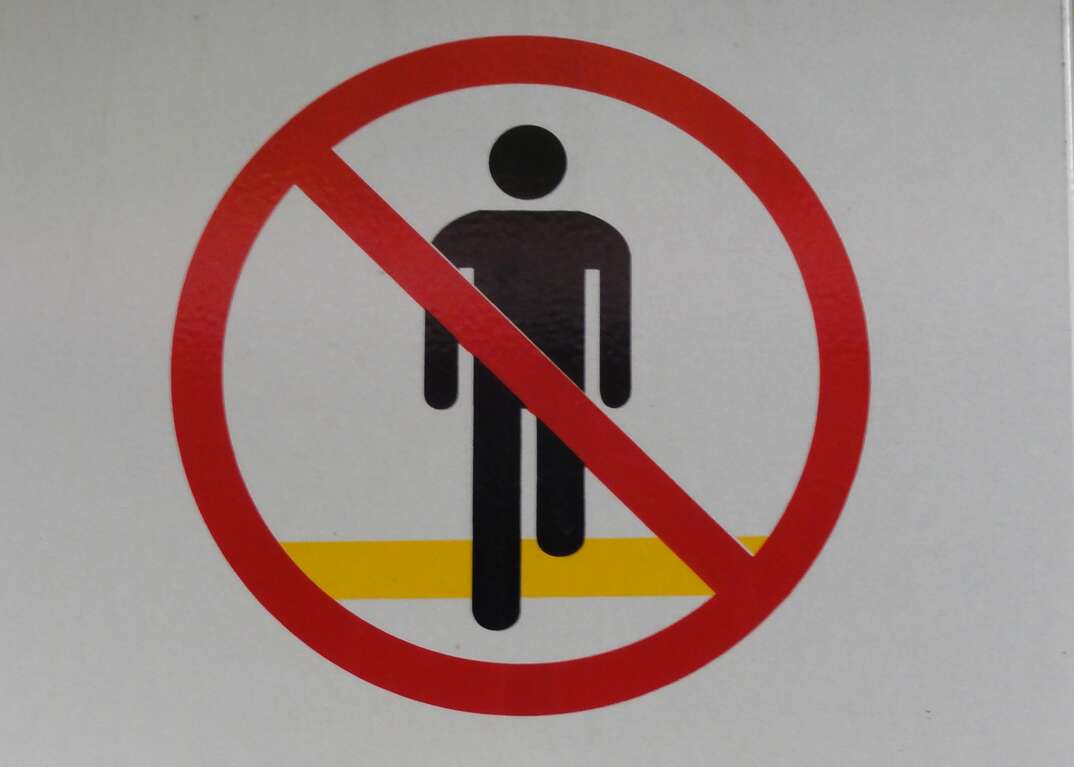- AppliancesElectriciansHVACLandscapingLocksmithPest ControlPlumbingRenovationRoofingT V RepairAll Home Improvement
- Car AccidentClass ActionCorporate LawCriminal DefenseDivorce LawEmployment LawFamily LawFinancial LawLegal AidMedical Injury LawyersMedical MalpracticeReal Estate LawWater Fire RestorationAll Legal
- InvestmentRetirementAll Finance
- Animal InsuranceAutoGeneral InsuranceHealth PolicyHome RentersAll Insurance
- DentalHealth SpecialistsAll Medical
- Animal CareVeterinaryAll Pets
- Auto GlassTowingAll Automotive
What Is a Restraining Order or Protection Order?

Whether you're going through a divorce, dealing with abuse or experiencing a domestic violence situation, you might face circumstances that leave you fearful for your safety.
Understanding how a restraining order or protective order works can help you determine if these legal options are suitable for your situation.
A restraining order is issued by the court and prohibits the person from doing something specific. The restraining order can specify actions the person must do, such as:
- Staying away from the victim
- Not contacting the victim by any means
- Giving up firearms
- Not selling assets or taking money from shared bank accounts
- Leaving a shared home
- Having regular drug testing or attending treatment
- Paying certain things, such as child support or mortgage payments
The court grants a protective order to keep an alleged abuser completely away from the victim to prevent additional emotional or physical abuse. That person can't contact the victim, their children or anyone else in the household in any way. They also can't come within a certain distance of you at any time, and they might be required to give up their weapons.
Is There a Difference Between Restraining Orders and Orders of Protection?
Restraining orders and protective orders are different, although both can be used to protect you in certain situations. Many people also use the terms interchangeably. Keep in mind that different states might define things differently or have different types of protection orders, so it's important to check on local options.
A restraining order focuses more on stopping — or restraining — someone from doing something specific and can be used to protect people or property. For example, they might prevent a spouse from draining a bank account or destroying a shared home or vehicle.
Protection orders are more general in nature and keep the alleged abuser or offender away from you and your family completely. They focus on protecting the person, rather than protecting property.
To get either a restraining order or protective order, the court has to grant the order. Each state handles these types of orders differently, so the rules and requirements to get one could vary slightly. Working with an attorney in your state can help you understand the options and how each one works, and they can also help you file the paperwork with the court to get the order approved.
To get a restraining order, you typically need to show that you would experience some type of loss, damage or injury without that protection. The judge then specifies the actions the person is barred from doing. Restraining orders are associated with civil matters, not criminal cases.
Generally, to get a protective order, you need to show that the person has hurt you or threatened to hurt you, and you're scared they'll do it again. You also generally need to have a close relationship with that person, such as marriage, shared child, dating or living together. Once issued, the person can face criminal consequences for violating the order.
More Related Articles:
- When Do You Need a Lawyer? Determine If You Need to Hire an Attorney
- What Is a Class-Action Lawsuit?
- What Is a Misdemeanor?
- What to Do After a Car Accident
- What Is Power of Attorney?
When Are Restraining Orders Often Used?
Restraining orders are used in civil cases to protect people and property. They might be used during a divorce to prevent a spouse from taking all the money, damaging property or failing to provide financial support. Restraining orders can also be used during other civil court cases, such as neighbor disputes that go to court, if you think the other party might harm you or destroy your property. Protective orders are often used in cases of abuse, family violence or stalking.
What Are the Penalties for Violating a Restraining Order?
The penalties can vary based on your state and the circumstances. In general, restraining orders don't have criminal consequences since they're tied to civil cases, but it can depend on the violation. For example, if the person enters the home they're supposed to vacate and destroys property, the police could get involved. However, the police won't enforce things such as paying child support or going to treatment, even if they're specified in the restraining order.
You can take legal action in court if the person violates the restraining order. The judge then decides if you'll receive monetary damages, and they might enforce more restrictions on the other person.
Violating a protective order can result in serious criminal penalties. Police must enforce protective orders, which means violations can result in being arrested. Whether they're handled as a misdemeanor or felony can depend on the state and the type of protective order. Either way, the violation can result in fines and jail time.
Elocal Editorial Content is for educational and entertainment purposes only. The information provided on this site is not legal advice, and no attorney-client or confidential relationship is formed by use of the Editorial Content. We are not a law firm or a substitute for an attorney or law firm. We cannot provide advice, explanation, opinion, or recommendation about possible legal rights, remedies, defenses, options or strategies. The opinions, beliefs and viewpoints expressed by the eLocal Editorial Team and other third-party content providers do not necessarily reflect the opinions, beliefs and viewpoints of eLocal or its affiliate companies. Use of the Blog is subject to the
Website Terms and Conditions.The eLocal Editorial Team operates independently of eLocal USA's marketing and sales decisions.



